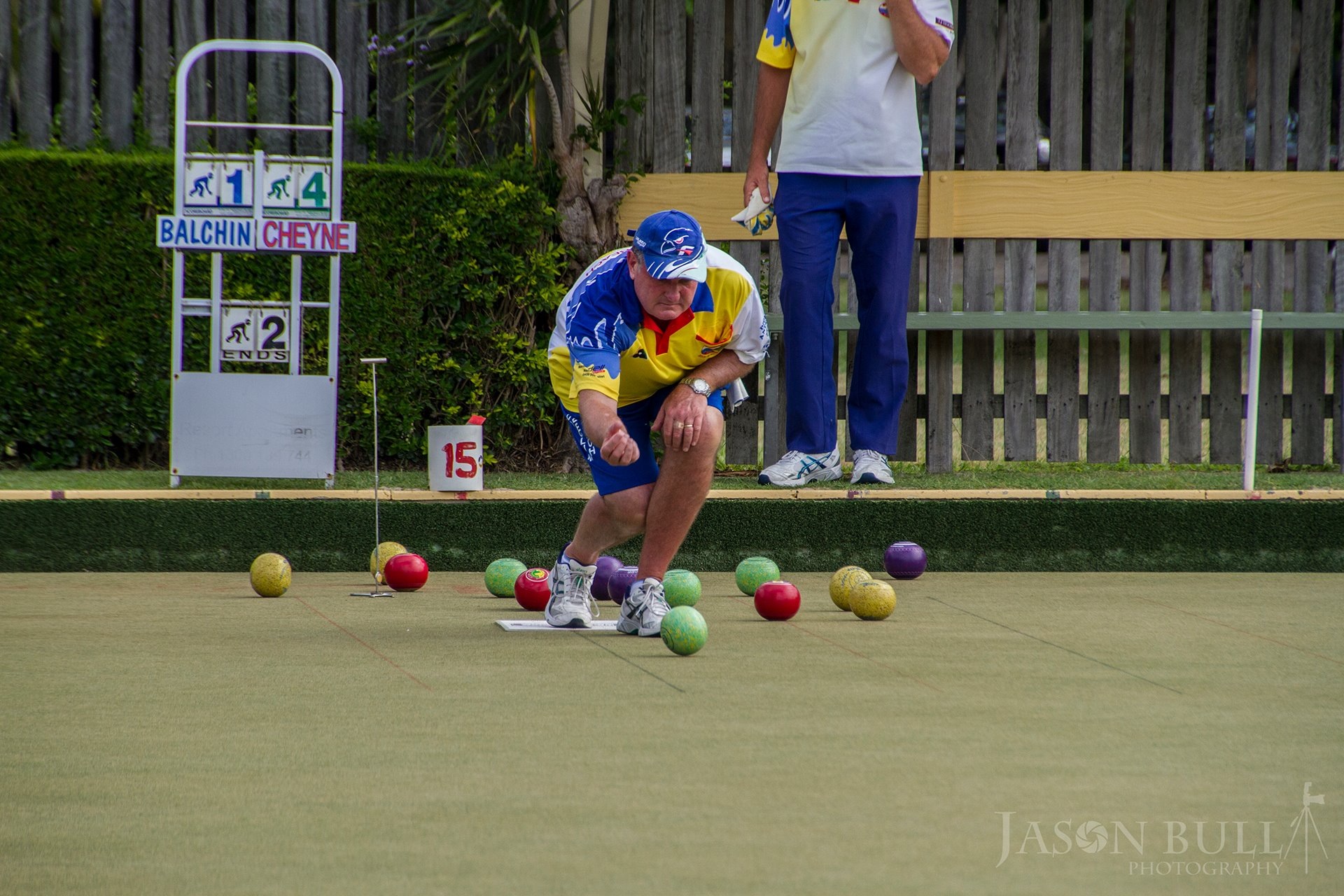The History of Bowls
Lawn bowling, or “bowling on the green,” is an outdoor game that has fascinated both young and old for centuries. The actual origin of the game is hidden in the haze of antiquity. We do, however, have authentic records of well over seven hundred years of bowling history.
Sculptured vases and ancient plaques show the game being played some four thousand years ago, and archaeologists have uncovered biased stone bowls from 5,000 B.C. which indicate our ancestors enjoyed the game of bowling more than seven thousand years ago.
When Caesar rules Rome, the game was known as “Bocce,” and the conquering Roman Legions may well have carried the game to Europe and the British Isles. By the thirteenth century, bowling had spread to France, Switzerland, Italy, Spain, Belgium, Germany, and England.
Bowling was so well established in England by 1299 A.D. that a group of players organized the Southhamptom Old Bowling Green Club, the oldest established bowling club in the world that is still active. The game became so popular in England and in France it was prohibited by law because archery, essential to the national defense, was being neglected. The French king, Charles IV, prohibited the game for the common people in 1319, and King Edward III issued a similar edict in England in 1361.


Scottish Heritage
Fortunately, bowling was not suppressed in Scotland, where it attained a popularity which has increased with the years. Scottish bowlers developed the present flat green game, established rules, worked out a uniform code of laws, and were instrumental in saving the game for posterity. The ancient game of bowls has always been dear to the heart of every true Scot, and it has always held a prominent place in the history and literature of Scotland. To the Scots goes the credit also for giving the game an international background, as emigrant Scots enthusiastically carried the game with them to all parts of the world.
Today there are more than 200 public bowling greens in the City of Glasgow alone. Every trade group has its own bowling league. Elaborate clubhouses, that completely enclose full-sized bowling greens for winter play, have recently become very popular in the British Isles, especially in Scotland. With this year round play, the game of bowls is reported to be rapidly outdistancing golf as the national game of Scotland.
Royal Heritage
Lawn bowling, or “bowls” has much literary and historical proof of being the real “Sport of Kings.” From the time of Edward III, the game was restricted by royal decree to “Noblemen and others having manors or lands.” Successive kings played and enjoyed the game. However, King Henry III, who had bowling greens installed at Whitehall, permitted the common people to play on Christmas Day.
Fortunately, no serious effort was made to enforce this ban, and of course it did not apply to Scotland. Almost every English monarch was a bowler, and the royal estates were all equipped with fine bowling greens. King James I was an ardent bowler, as was his son King Charles I. Both monarchs are reputed to have enjoyed playing for high stakes. King Charles, according to bowling tradition, lost over $5,000 in one encounter with a Barking Hill merchant named Richard Shute. A bowling green has been a permanent fixture at Windsor Castle. Anne Boleyn was a bowler, as were many noblewomen, including the first Princess Elizabeth and Queen Victoria. The late Queen Mary, and King Edward V enjoyed the game of bowls. Edward VIII, now the Duke of Windsor, was president of the Royal Household Bowling club of Windsor Castle. His brother, the late George VI, was an enthusiastic bowler and patron of the English Bowling Association.
Noble Heritage
In the early days, it was fashionable for the aristocracy to have private bowling greens. Samuel Pepys mentions in his diary being invited to “play at bowls with the nobility and gentry.” Sir Francis Bacon, Sir Water Raleigh, Victor Hugo, and Lord Macauley were all bowlers. British officers installed bowling greens in the American colonies in New York in 1725, and in Port Royal Canada in 1734. George Vanderbilt and John D. Rockefeller had private bowling greens on their estates in 1896.
Today, bowls is no longer solely a rich person’s game. The world famous have played and enjoyed this game from ancient to modern times, ranging from Dr. Samuel Johnson to Dr. William Brady, and from Shakespeare to Walt Disney. Men play today on the very green at Plymouth Hoe where Sir Francis Drake and his captains bowled that memorable day in 1588 when the messenger arrived with the news of the invading Spanish Armada.
Bowls in America
Lawn bowling appears to have been introduced into the American colonies in the1600s, although archaeologists have uncovered biased stone bowls, now in a museum at Vancouver, B.C. which indicate that a similar game was played be the North American Indians centuries before this. Bowling greens were recorded in Boston in 1615, New Amsterdam, as New York was then called, and not long afterwards in Washington and Virginia.
In 1726 George Washington’s father, Augustus, took over management of the family estate at Mount Vernon, and in 1732, the year George was born, constructed the bowling green. At this time the game was highly favored as a genteel pastime by the ranking officers of the British Colonial Army, and the green at Mt. Vernon was undoubtedly very popular. George grew up with the game, became an avid bowler in his youth, and apparently this love of the game was never lost. He kept the green busy through the years.
The game abruptly lost its popularity during the American Revolution. On July 4, 1776, with the Declaration of Independence, the Colonies were rent apart. Those still loyal to the British Crown fled to Canada, were imprisoned or killed, and their property confiscated. This wartime hysteria swept all thing British with it, including bowling greens. Greens were plowed up, converted to camp grounds, planted with flowers or trees, and hidden as much as possible. At Mount Vernon the abandoned green was planted with young full grown trees described as a rugged type of magnolia.
It was the Canadians that preserved the art of Bowling on the Green in America. With peace, the game spread across the continent to Vancouver, and grew in popularity. In time, friendly games across the border began, and eventually old animosities were forgotten.
The power of the humble Lawnmower
Although bowls was popular in the 1800’s, its growth was restricted by the lack of suitable playing grounds as only high-end bowls clubs and wealthy land-owners could afford to maintain land suitable for the game.
This all changed after 1830, when the first lawnmower was patented and put to widespread use. It allowed easy maintenance of bowling greens, alongside pitches and courts for various other sports that we now enjoy worldwide.
Lawn Bowls in Australia
Lawn Bowls spread to Australia surprisingly quickly. The Australian National Lawn Bowls Association was established in the late 1880’s, before one was formed in Scotland. Of course, bowls was played informally in Australia for some years prior, and it’s likely that Lawn Bowls was introduced with the first colonists.
Since then, the game has gone from strength to strength. It’s now played in many countries, with several national and international tournaments every year, and the game enjoys a large base of fans and bowlers worldwide.



